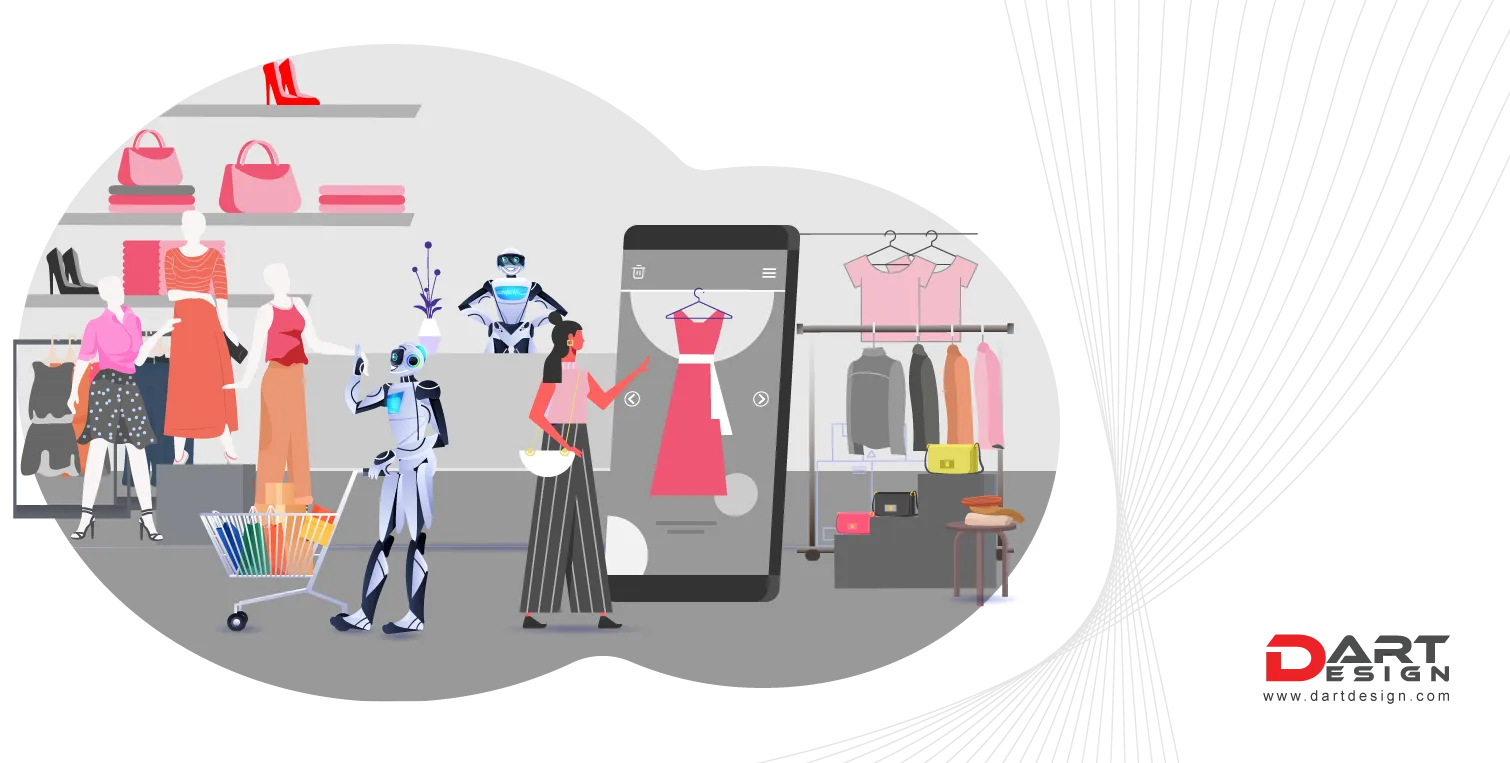Consumers are prioritising convenience and adopting new shopping priorities as a result of the pandemic, supply chain crisis, and digital acceleration; hence a brand strategy that is touchpoint effective needs to be rolled out.
Consumers are awed by new digital services as retailers compete for attention. Virtual tools help brands rethink traditional production and consumption systems, and to deal with returns. In the US, returns were valued at $761 billion in 2021, and the rate will keep going up. There are even worse figures for e-commerce, where US apparel returns can be two to three times higher than in brick-and-mortar stores.
Consumers want more accurate sizing and fitting. However, some innovative retailers are using AI advancements to meet customer expectations. Technology is helping Gen Z and Millennial consumers learn and entertain themselves. Platforms like Snapchat and Pinterest are helping retailers make three-dimensional, photorealistic versions of their products by integrating virtual experiences into their apps and websites.
Personalised AR touchpoints
AR is maturing into the mainstream, and brands are integrating it into their apps and e-commerce sites to make shopping more fun and personalised.
Brands are realizing AR’s true potential as a marketing and commerce tool that reaches consumers in new ways. Luxury brands in the US are using the technology for their e-commerce site, which launched AR shopping a year ago. By offering 3D experience buttons, shoppers can see the garment’s scale and movement better, helping boost their confidence.
Omni-service upgrades
Brands are integrating multiple digital touchpoints to deliver the in-store experience.
Consumers are developing new expectations around convenience and value because of the pandemic, and sales associates are expected to do more. By pushing staff to areas where consumer demand dictates, the omni-associate has been key in 2022, according to Retail Forecast 2022 by WGSN.
Consumers worldwide shop online one-out-of-four, and tech companies are helping retailers scale personal shopping and styling services. Across 85 operational locations in the US, Canada and UK, a US-based apparel company trained its entire in-store sales team to use a customer chat tool and livestreams. Over 60k chats have been initiated already, and 88% of them have converted.
Social selling extensions
By 2025, social commerce will be three times bigger than e-commerce. It’s all about in-app tools these days, as brands try to convert passive viewers into active shoppers.
Globally, 74% of consumers say social media influences their decisions, and one in three U.S. consumers use it for learning about or discovering new products, services, or brands. Brands will need social spaces to reach and convert shoppers, but they need to focus on providing value and a frictionless customer journey first.
Using AR lenses, social media apps can offer users localized recommendations for where to buy, try or return items via catalog-powered shopping AR Lenses.
Meta commerce
With virtual retail hubs, brands are able to extend their commerce capabilities and engage their audience in a more engaging manner.
While in-store shopping is on the rise, virtual retail spaces still entice consumers, with potential to drive sales. According to a study by virtual store platforms, 70% of consumers who visit virtual stores spend money, and 60% plan to purchase again. All types of virtual stores can help brands experiment with meta commerce, from immersive sales channels with 360-degree showrooms to gamified virtual stores with blockchain technology. Retailers are also launching branded destinations where commerce, community, and entertainment collide.




